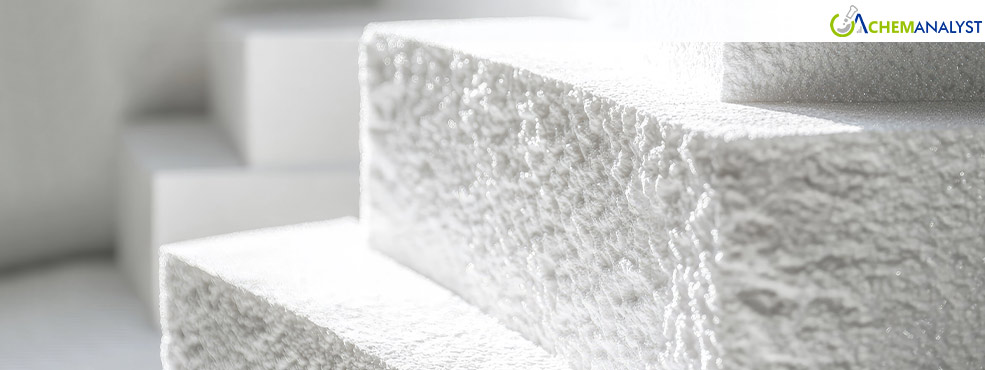Welcome To ChemAnalyst

The Polystyrene market in Asia during the last week of April 2025 showed a mixed but generally stable performance, balancing moderate upstream trends with local market factors. According to the studies by ChemAnalyst, Polystyrene prices were almost constant across many countries, even as external factors affected the market confidence and purchasing decisions.
In the broader energy market, decrease in crude oil prices, due to continuous productions by the OPEC+ group and average global demand expectations largely reduced cost pressures in the petrochemical supply chains. This decline affected the Polystyrene industry, leading the market players in Asia to act cautiously. Ongoing uncertainty about the U.S. tariff policies also reduced the demand in the region, particularly in the export-driven sectors like packaging, home appliances, and consumer products.
In China, Polystyrene prices were found to have got lowered by 2.4%. The spot import market saw reduced activity, as Chinese buyers focused on reasonably priced domestic supplies to meet their demand. This preference of using local stocks, along with sufficient availability, shifted users from taking imported Polystyrene, reducing interest in foreign purchases.
However, in Southeast Asian countries like Indonesia, Polystyrene prices did not change. The market outlook remained quite normal due to the average trends in the upstream styrene market and moderate buying interest from downstream companies. Local users were concerned about future demand uncertainties and the export challenges. These made them to follow a cautious approach, affecting the spot purchases and limited them from overstocking their inventories. Polystyrene purchases were done only based on their needs, with volumes matched to the actual demand for their end-products.
On the supply side, most Polystyrene suppliers in the region avoided large price reductions but were interested in negotiations to increase the demand. They were closely watching the styrene market, as changes in styrene costs could lead to more flexible pricing, especially for buyers with continuous orders.
Some Polystyrene manufacturers in Southeast Asia were looking at other markets, such as South Asia, where this product faced only a few tariff issues. With supply exceeding the spot demand, buyers were in a better position to secure good deals.
In India, Polystyrene imports were based on the average demand from downstream industries, with prices being stable due to sourcing from China and other Asian countries. Buyers were giving preference to low-cost Chinese Polystyrene for basic uses while choosing other options for packaging and specialized applications.
Overall, the Polystyrene market in Asia closed the month on a stable note, with future trends depending on the changes in the upstream styrene markets and downstream demand.
We use cookies to deliver the best possible experience on our website. To learn more, visit our Privacy Policy. By continuing to use this site or by closing this box, you consent to our use of cookies. More info.
